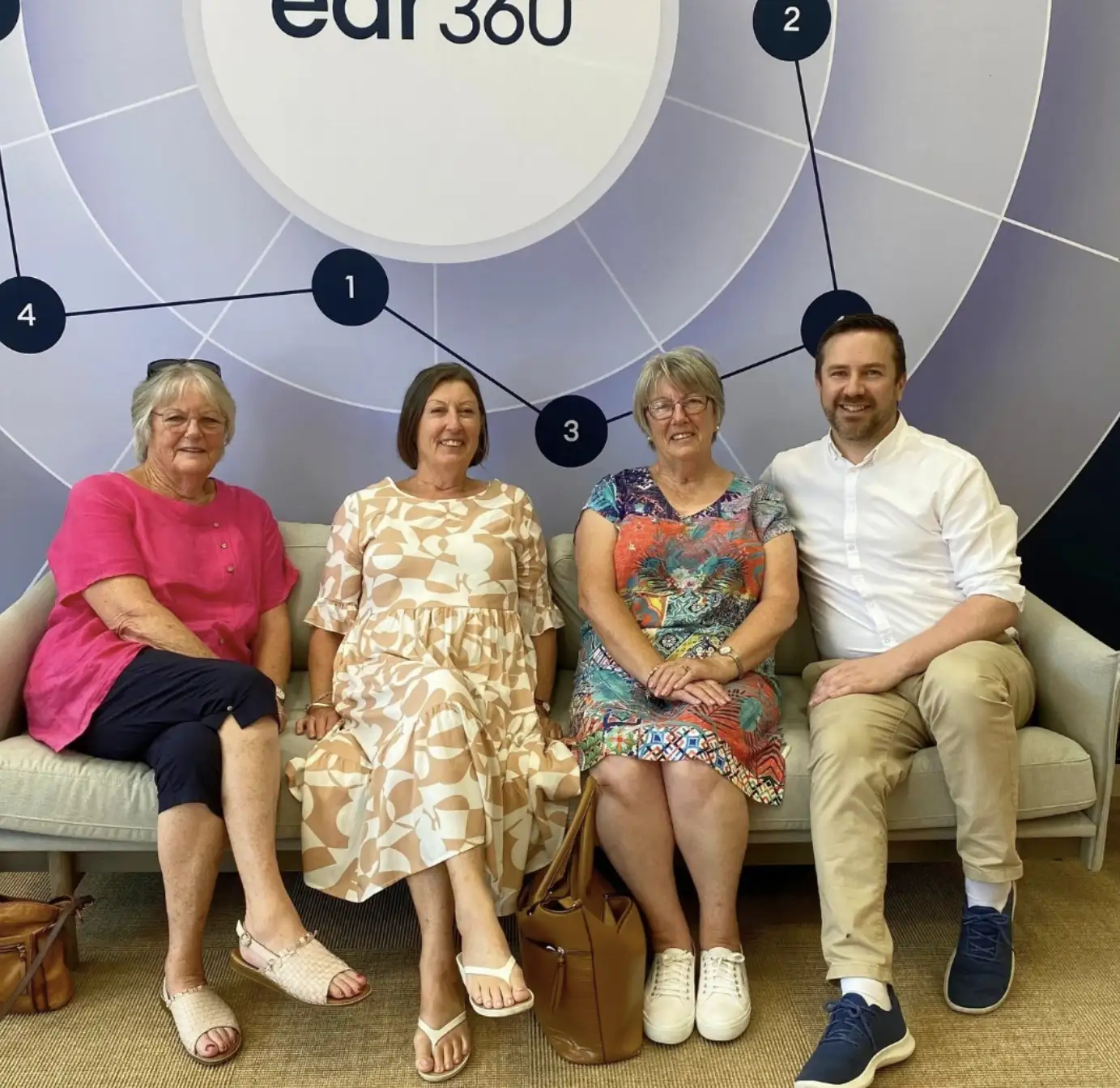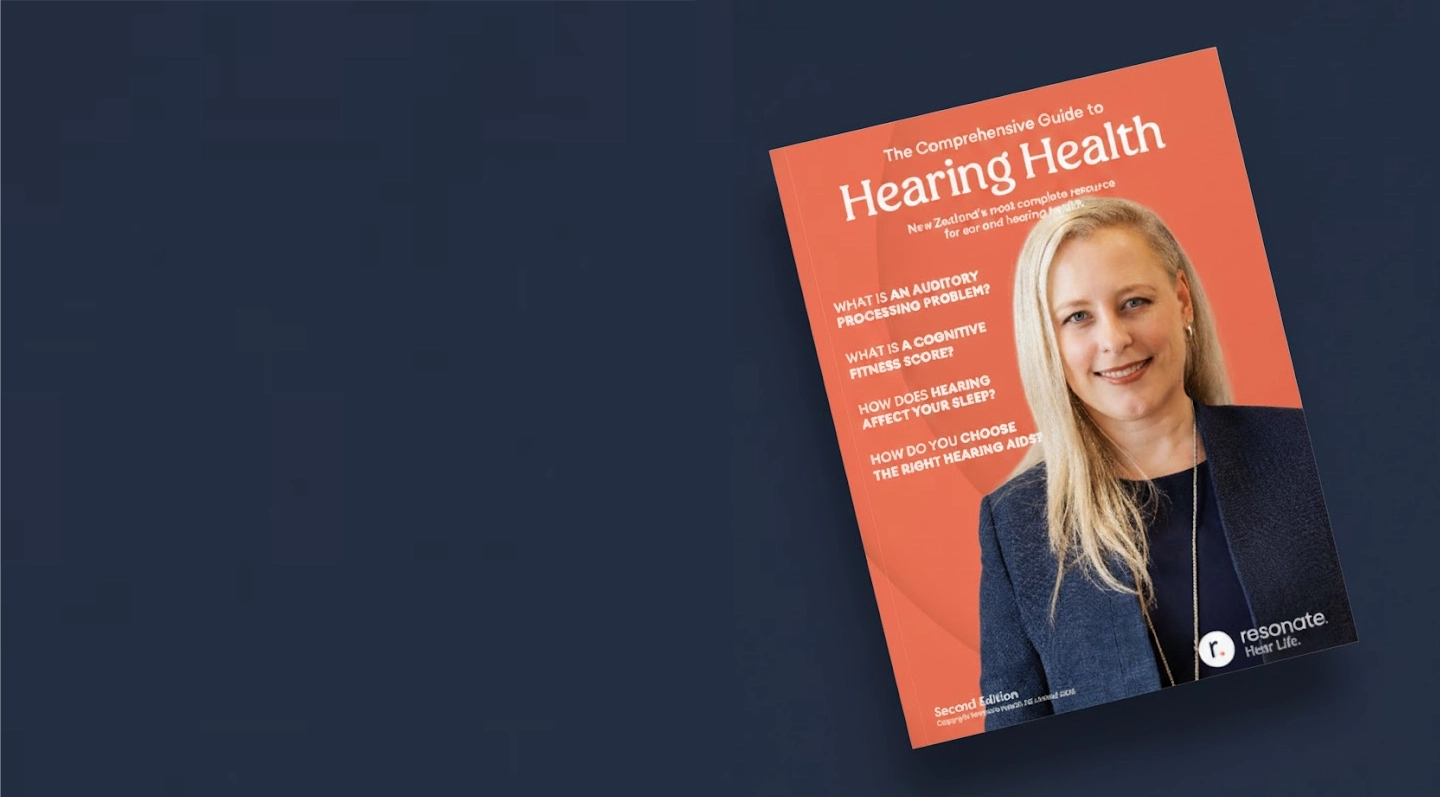AuracastTM broadcast audio is rapidly becoming one of the most transformative hearing technologies worldwide—and it’s already available in select in New Zealand’s public spaces.
Powered by the latest Bluetooth LE Audio technology, Auracast enables wireless audio transmission to multiple listeners simultaneously. For people with hearing loss, it means accessing crystal-clear sound in public venues like airports, train stations, places of worship, and classrooms, without the usual background noise.
What Makes Auracast So Revolutionary?
Auracast is not just another Bluetooth update—it’s a breakthrough in how people access sound in everyday life. Here’s why it’s so impactful for hearing aid users:
- Multi-device broadcasting: A single audio source – like a TV, smartphone, or public announcement system can broadcast sound to multiple Aurcast-enabled devices at the same time. Next-generation hearing aids, such as the ReSound ViviaTM 9 and certain models of Cochlear implants, are among the first to support this feature.
- Improved listening in noisy environments: Because the sound is streamed directly to the hearing aids, users no longer need to rely on their hearing aid microphones to pick up distant or distorted audio. This helps reduce the effect of background noise, especially in places like train stations, gyms, or auditoriums.
- Clearer sound quality with Bluetooth LE Audio: Auracast is built on Bluetooth LE Audio, which uses the new LC3 Codec. This delivers clearer, more natural sound at lower power consumption. This is ideal for hearing aids where both sound fidelity and battery life matter.
- Public space accessibility: Auracast makes it easy for hearing aid users to tune into audio in public spaces such as airport announcements, cinema, or guided tours – without needing extra devices or induction loop systems
Where Is Auracast Available in New Zealand?
Auracast adoption in NZ is actively emerging. While widespread availability is still some time away, compatible devices and early public installations are already here:
- Devices: Leading hearing aid brands available in NZ (e.g., ReSound Vivia) now feature Auracast compatibility in their latest models. Consumer devices like new smartphones and earbuds are also increasingly supporting Bluetooth LE Audio and Auracast.
- Public Venues: Stadium Taranaki in New Plymouth has recently implemented an Auracast-powered assistive listening platform, marking a significant milestone for stadiums in Australasia. Other pilot schemes and planned rollouts are underway across various public facilities.
- Future Expansion: We expect to see progressive adoption in airports, public transport terminals, universities, hospitals, and government spaces across New Zealand over the coming years, transforming public audio accessibility.
What You Need to Use Auracast
To take advantage of Auracast, you’ll need:
- Bluetooth LE Audio-compatible device: This includes many modern smartphones, tablets, and computers.
- Auracast-enabled hearing aids or cochlear implants: Many newer-generation hearing aids and cochlear implants already support Bluetooth LE Audio and Auracast.
- Auracast app or system-specific software: To discover and connect to broadcast streams.
If you’re unsure about your device compatibility, our audiologists can help you check and advise on suitable upgrades.
FAQ: Auracast and Hearing Accessibility in NZ
Here are some common questions we get asked about Auracast
Auracast is a new Bluetooth audio technology that sends sound from one source (like a public speaker or TV) directly and wirelessly to multiple compatible devices (like hearing aids, cochlear implants, or headphones). It’s like a broadcast Wi-Fi signal specifically for audio.
Public announcements and audio in shared spaces can be difficult for individuals with hearing loss to hear due to distance and background noise. Auracast delivers direct, clear sound to your device, improving inclusion, comprehension, and safety in public environments across New Zealand.
Hearing loops (telecoils) require specific infrastructure and hearing aid settings. Auracast, based on Bluetooth LE Audio, works wirelessly with a broader range of modern devices, offers potentially higher fidelity (often stereo) audio, and is generally more flexible and cost-effective to install in various settings.
Not yet. Auracast-enabled devices are available, and public venues like Stadium Taranaki have already installed the technology. While it's growing, widespread adoption across airports, hospitals, and public venues in NZ is expected to expand over the next few years, making more locations accessible.
To use Auracast, you'll need hearing aids or cochlear implants that are compatible with Bluetooth LE Audio and Auracast. You'll also typically need a Bluetooth LE Audio-enabled smartphone or tablet to discover and connect to available broadcasts using a dedicated app. Consult your audiologist to verify device compatibility and explore available options.
Hi, I’m Jay, an Audiologist with eight years of experience in the hearing healthcare industry.

























